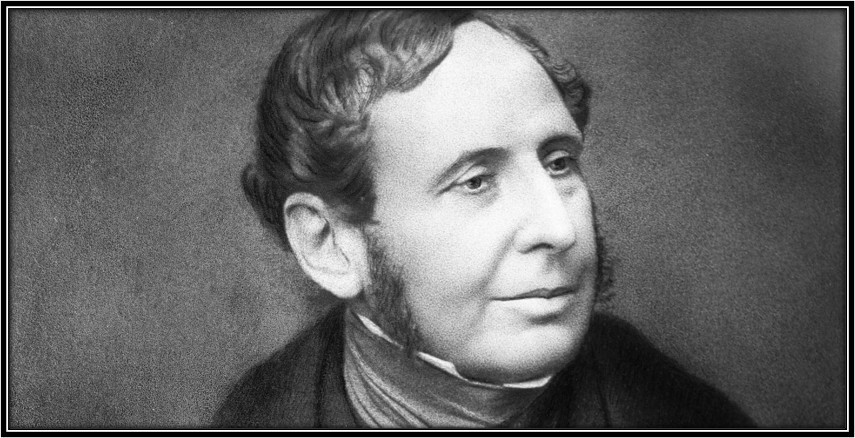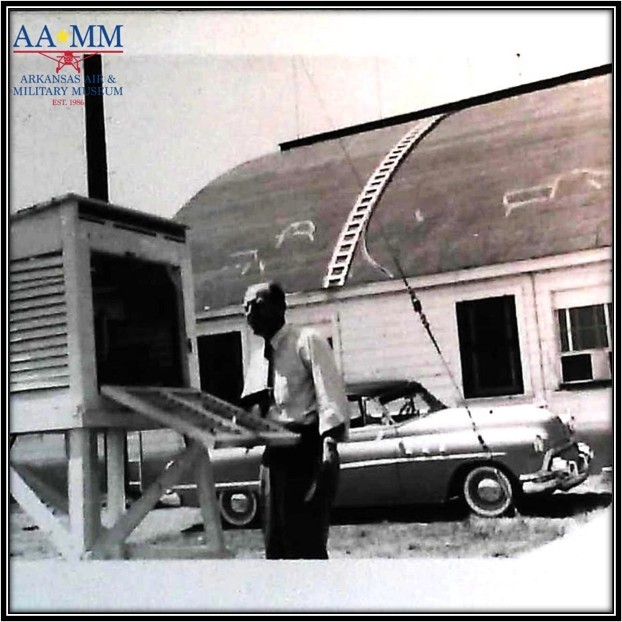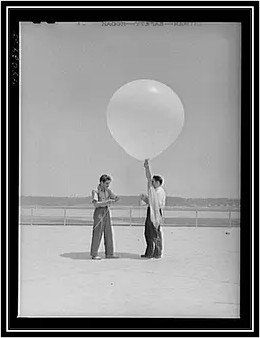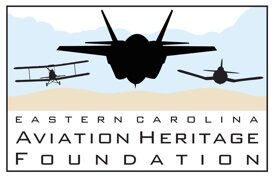World’s First Weather Forecast Published

Good morning fellow ECAHF’ers and happy August. Thunderstorms are forecasted today—some severe—here in the Sandhills of NC. I’m preparing to go out for a bike ride and will be watching those storms. We’re all interested in the weather. Isn’t it often the first topic that comes up when conversing?
My dad was a US Army Air Forces weather forecaster during WWII, so I come about my interest in the weather both “honestly” (though genes) and professionally through my 50+ years interest and involvement in aviation. Weather forecasting has gotten pretty good and is likely to get even better with AI and other advanced forecasting technologies, but given that weather is fickle, will forecasting ever be perfect?
In my USMC flying days we called the Marine Corps weather forecasters, “weather guessers”. It seemed to me that they were always “erring on the side of conservatism” and forecasting the worst-case scenario for the weather because if the weather turned out better than their forecast, they would be heroes vice zeros…even if they were way off on their worst-case forecasting. Of course, specifically in the Marines (I would argue), we didn’t have the most technologically-advanced weather forecasting tools to which the USAF and the USN and even, perhaps, the US Army had access.
When I was the CO of H&HS New River in the mid-1990’s, the air station’s weather forecasters were “my Marines”. I would from time-to-time join them in the morning when they were taking “wet bulb” and other weather forecasting measurements (like wind direction and speed) at a small wooden box behind the operations building at MCAS New River in Jacksonville, NC. They even would occasionally launch a weather balloon from nearby this wooden weather box much like (according to my best recollection) that pictured below.
By the way, a wet bulb measurement (for the uninitiated and according to AI) “measures the temperature of air that has been cooled to saturation by evaporation. This measurement is useful for understanding the moisture content of the air and how it affects heat stress” and density altitude.
 Above photo downloaded on August 1, 2025 from: https://www.facebook.com/photo/?fbid=1329613885362259&set=it-is-throwbackthursday-here-is-a-photo-of-a-pilot-utilizing-the-drake-field-wea “Here is a photo of a pilot utilizing the Drake Field Weather station in the 1950s, but we are not completely sure of the exact date. The car in the background is a 1951 Buick Special Sedan, which is a big hint. Another item that helps us date the photo is the air conditioning window unit. The Window Unit was developed in 1945, but gained popularity in the 1950s due to its pricing... but back to the weather station. The Drake Field Weather Station was used until the early 1990s when it was replaced with an Automated Surface Observing System (ASOS) towards the north end of the runway. An ASOS measures rain amounts, temperature/dew point, precipitation, wind, DCP/ACU, Ceilometer, freezing rain, and visibility. The original weather station only measured temperature, air pressure, and wind speed and direction.” Courtesy of the Arkansas Air and Military Museum.
Above photo downloaded on August 1, 2025 from: https://www.facebook.com/photo/?fbid=1329613885362259&set=it-is-throwbackthursday-here-is-a-photo-of-a-pilot-utilizing-the-drake-field-wea “Here is a photo of a pilot utilizing the Drake Field Weather station in the 1950s, but we are not completely sure of the exact date. The car in the background is a 1951 Buick Special Sedan, which is a big hint. Another item that helps us date the photo is the air conditioning window unit. The Window Unit was developed in 1945, but gained popularity in the 1950s due to its pricing... but back to the weather station. The Drake Field Weather Station was used until the early 1990s when it was replaced with an Automated Surface Observing System (ASOS) towards the north end of the runway. An ASOS measures rain amounts, temperature/dew point, precipitation, wind, DCP/ACU, Ceilometer, freezing rain, and visibility. The original weather station only measured temperature, air pressure, and wind speed and direction.” Courtesy of the Arkansas Air and Military Museum.

But, as “worst case” and technologically unadvanced as MCAS New River’s weather forecasting may have been 35 years ago, there was a first weather forecast—even far less technologically advanced—that we think to which we can actually attach a date.
According to History.com and downloaded today from: https://www.history.com/this-day-in-history/august-1/first-weather-forecast-published,
“On August 1, 1861, Robert FitzRoy, a British naval officer who had been researching ways to predict the weather, published the first known weather forecast in The Times. The report, which included a prediction of 62 degrees and clear skies in London, was largely accurate.
“Fitzroy—who had captained the famed HMS Beagle, which sailed around the world with naturalist Charles Darwin—had become concerned about the massive loss of life at sea, with more than 7,400 shipwrecks near the British coast over a five-year period. Fitzroy believed advance warning about rough weather could prevent many such tragedies.
“In a world before forecasts, people relied on simply watching clouds or even observing animal behavior to predict storms. When “weather frogs” climbed up a little ladder in a jar with water, for example, it supposedly predicted good weather; if the frog climbed down, people believed rain was coming.
“In 1854, FitzRoy, by then a vice-admiral, established the Meteorological Department of the Board of Trade. The organization, later called the Met Office, initially produced wind charts intended to help boats reduce their sailing times. In 1859, the British government gave FitzRoy the authority to start issuing storm warnings, which he did using the electric telegraph, a new technology. He started sending his predictions to newspapers.
“After the initial August 1 forecast, weather reports quickly became very popular and syndicated in publications around England. It wasn’t just fishermen and sailors, traditionally affected by the weather, who availed themselves of the forecasts. People involved in organizing events like county fairs and flower shows obsessively followed them as well. Some people even used the forecasts for more speculative purposes, like picking which horse to bet on in races, depending on how the weather might affect track turf.”
Onward and upward and hopes for a clear and sunny 72-degree day for you! Well, a few puffy, cumulous clouds lazily floating by will be OK too.
Kind regards,
Barry R. Fetzer
ECAHF Historian
